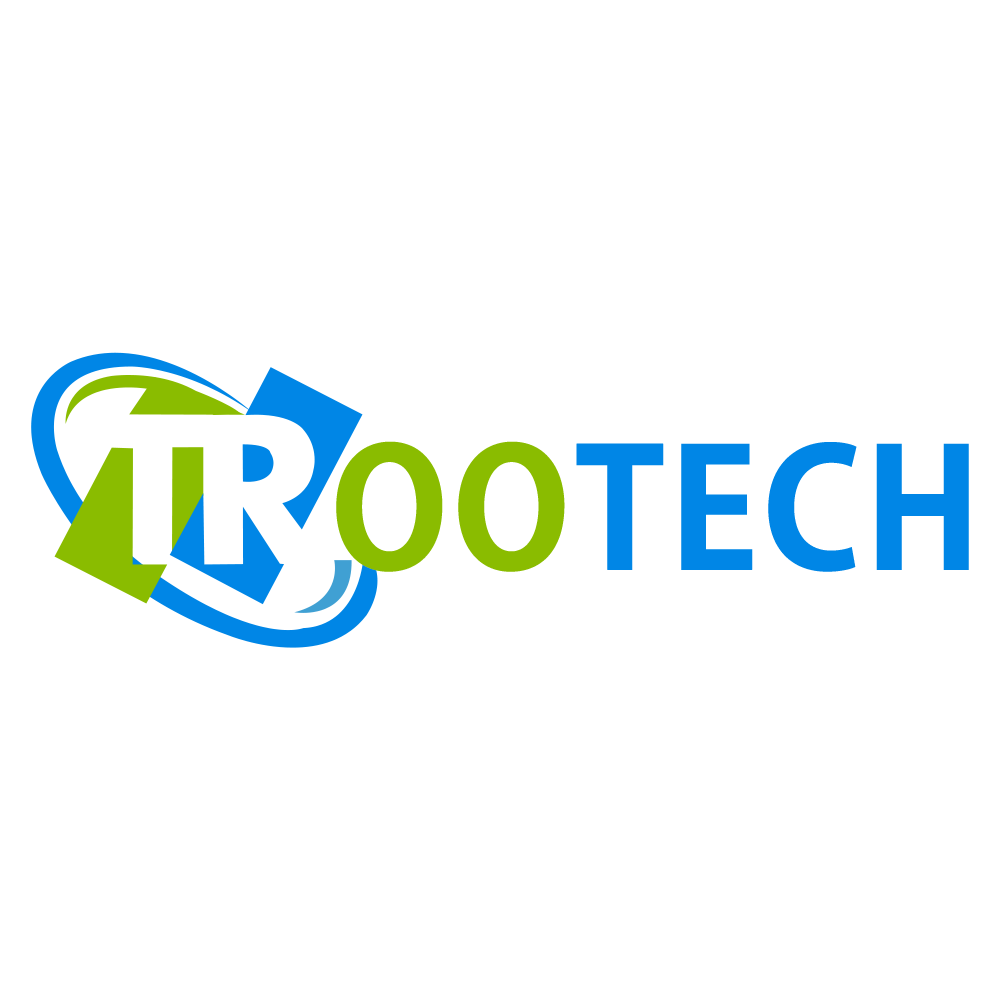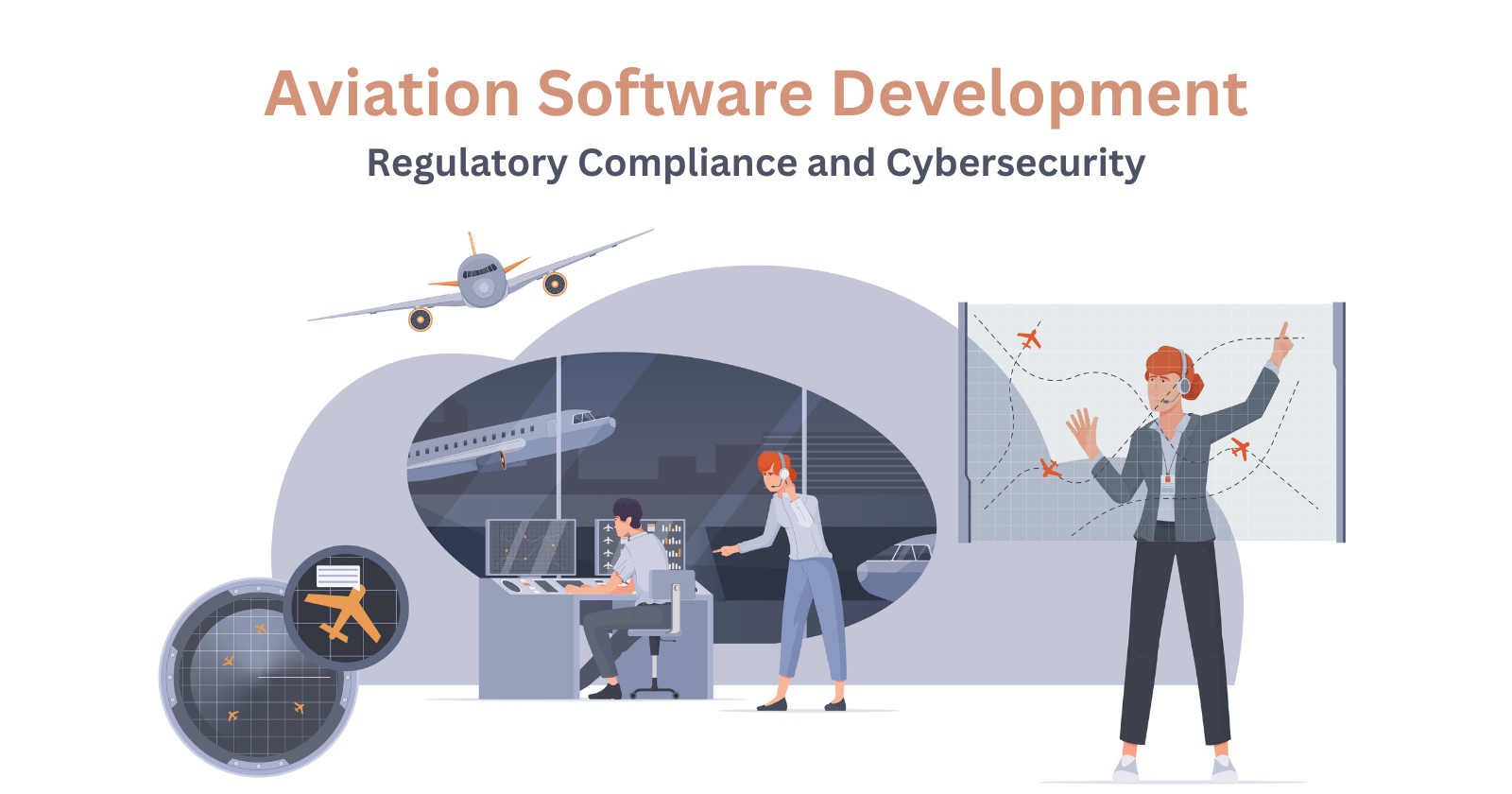Aviation Software Development: Regulatory Compliance and Cybersecurity
 TRooTech Business Solutions
TRooTech Business Solutions
Introduction
Aviation software development plays a crucial role in modernizing the aviation industry, enhancing operational efficiency, and ensuring compliance with stringent regulatory standards. This article explores the intricate landscape of aviation software, focusing on regulatory compliance and cybersecurity measures that are paramount in this highly regulated sector.
In recent years, the aviation industry has witnessed a significant transformation driven by technological advancements in software development. From flight management systems to maintenance tracking tools, aviation software encompasses a wide array of applications that streamline operations and improve safety. However, with these advancements come challenges, particularly concerning regulatory adherence and cybersecurity resilience.
The Evolution of Aviation Software
Aviation software has evolved from basic flight planning tools to sophisticated systems that integrate with aircraft avionics and ground operations. Today, software for the aviation industry spans across various domains:
Flight Management Systems (FMS): Crucial for navigation, route optimization, and fuel efficiency.
Maintenance Tracking Software: Ensures aircraft upkeep meets regulatory standards and manufacturer requirements.
Crew Management Systems: Facilitates scheduling, training, and compliance with crew duty regulations.
Air Traffic Control (ATC) Systems: Manages aircraft movement and communication between pilots and controllers.
Passenger Service Systems (PSS): Handles reservations, check-ins, and customer data management.
Regulatory Compliance in Aviation Software Development
The aviation industry operates under stringent regulations imposed by civil aviation authorities worldwide (e.g., FAA in the USA, EASA in Europe). Compliance with these regulations is non-negotiable and directly impacts the safety and operational efficiency of airlines and aircraft manufacturers. Key regulatory areas include:
Safety Standards (e.g., DO-178C): Ensures software used in airborne systems meets rigorous safety requirements.
Data Protection Regulations: Safeguards passenger and operational data against breaches and misuse.
Operational Regulations: Governs procedures and protocols for flight operations, crew management, and maintenance practices.
Aviation software developers must navigate these regulations meticulously throughout the software development lifecycle, from initial design and testing to deployment and maintenance. Non-compliance can lead to severe penalties, operational disruptions, and compromised safety standards.
Cybersecurity Challenges and Solutions
Cyber threats pose a significant risk to aviation software systems, given their interconnected nature and reliance on digital technologies. The following cybersecurity challenges are prevalent in aviation software:
Data Breaches: Threats to passenger information, flight plans, and operational data.
Malware and Ransomware: Potential disruption of critical systems and services.
Supply Chain Vulnerabilities: Risks associated with third-party software and component suppliers.
Insider Threats: Unauthorized access or misuse of privileged information by internal personnel.
To mitigate these risks, aviation software developers employ robust cybersecurity measures:
Encryption and Data Protection: Securing sensitive data both in transit and at rest.
Intrusion Detection Systems (IDS): Monitoring and alerting for suspicious activities.
Regular Audits and Penetration Testing: Identifying vulnerabilities and weaknesses in software systems.
Employee Training and Awareness: Educating personnel on cybersecurity best practices and protocols.
Future Trends in Aviation Software Development
Looking ahead, several trends are shaping the future of aviation software development:
AI and Machine Learning: Enhancing predictive maintenance, airspace management, and passenger experience.
Blockchain Technology: Improving transparency and security in transactions and data management.
Cloud Computing: Facilitating scalability, flexibility, and cost-efficiency in software deployment.
Integration of IoT: Connecting aircraft systems for real-time monitoring and diagnostics.
Conclusion
Aviation software development is at the forefront of innovation, revolutionizing how airlines operate and ensuring safety and efficiency in air travel. However, the challenges of regulatory compliance and cybersecurity must be continuously addressed to maintain industry standards and protect against evolving threats. By embracing technological advancements and adhering to stringent regulations, the aviation sector can navigate towards a safer and more efficient future powered by robust and secure software solutions.
Subscribe to my newsletter
Read articles from TRooTech Business Solutions directly inside your inbox. Subscribe to the newsletter, and don't miss out.
Written by

TRooTech Business Solutions
TRooTech Business Solutions
TRooTech Business Solutions is the hub of 400+ tech minds available with the best custom software development solution for all your business requirements. With the aim to provide the most suitable and innovative technical solutions, we follow the latest technological trends and use the technology for all technical requirements. Our expertise in Machine Learning, Blockchain technology, IoT, AR/VR, Automation, and many more empowers us to deliver exceptional technological solutions.